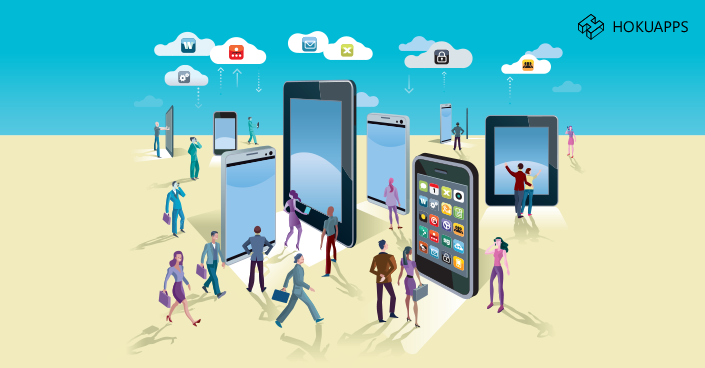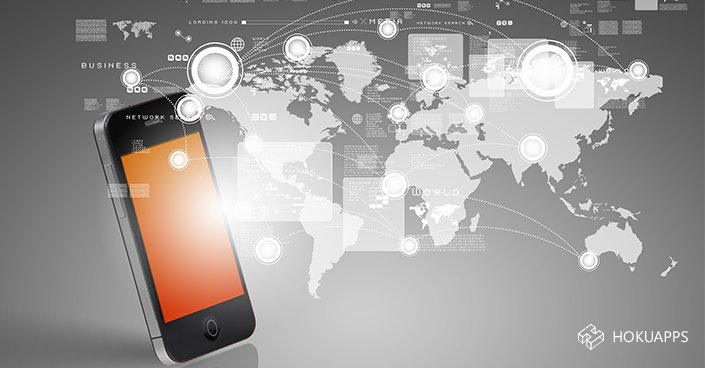- Products
- Solutions
- Services
- Resources
- Customer Success
- Company
- Sign In
- Contact Us

SAP is a leading enterprise resource planning (ERP) system which helps organizations gain insights into their critical business processes. The SAP ERP software is not pan-functional. In addition, industry evolution has resulted in continuous changes to the SAP ecosystem. Third-party or best-of-breed applications, whether Software as a Service (SaaS) or on-premise, are imperative in performing certain business functions that cannot be executed by SAP.
Integrating SAP with other business applications is crucial in automating and augmenting various business processes. When SAP ERP integration is not efficiently done, several setbacks are encountered: it renders third-party software investments unproductive and hinders operations.
Quality management helps accelerate customer referrals, earn new business deals or repeat businesses, and launch new products. The data required to improve product quality and customer relations is gained from the manufacturing or operations division of a business organization. SAP ERP integration with other business applications helps create the scope for tracking repurchase rates, gaining insights on customer satisfaction, and referral.
Redefining Your Company to be Customer-Driven Starts with a Strong SAP ERP Integration Strategy Promotions, websites, and sales channels cannot optimally enhance customer experiences. To become and customer-friendly enterprise and sustain it, a business organization needs to pull out all stops in innovating and improving its existing business strategies. In order to successfully meet evolving customer needs and predict future demands, reporting, key performance indicators (KPIs), statistical trends, and subsequent analysis need to be externally focused. This enables internal operations, services, and production divisions meet and deliver customer expectations.

The evolving business landscape implies smarter customers, critical in selecting channels to invest. It thereby sparks a need for scaling existing business models. Legacy systems and dated SAP EPR integration strategies cannot deliver as per emerging customer expectations. Simple, multi-channel strategies are ineffective in such scenarios.
Unfortunately, SAP legacy systems block data that can be effectively utilized for scaling businesses, acquiring new customers, and expanding selling channels. Dated integration approaches for SAP legacy systems cannot deliver desired customer expectations needed for growth. Innovative approaches in SAP ERP integration can help upgrade legacy systems.
Strategic SAP ERP integration methods have accelerated the process of updating SAP with other applications, third-party purchase order systems, Cloud support, and supplier systems. Integration has propelled compatibility with new business models and helped fuel fast revenue growth, expanding the scope of SAP ERP software.
Unlocking the service data in legacy SAP systems, banking on customer wealth, pricing, and operations equally contribute towards elevating and improving customer experience. Improved customer experience drives revenue growth. As customers evolve, predicting their buying habits is a challenge that can only be addressed with the help of cutting-edge integration strategies.
SAP needs to be integrated with other business applications such as HR software platforms because of the following reasons:
· Data and analytics – A well-structured, informed, and accurate company report can only be generated with the help of unified master data pool that can be leveraged for analytical and statistical purposes. Gaining critical business insights, locating new possibilities, and implementing talent analytics is dependent on an easily accessible, and well-coordinated database.
· User experience – SAP ERP integration helps elevate user experience. Often a user needs to access multiple systems in order to collect and collate data. The process is time-consuming, impedes work speed, and hampers efficiency. SAP ERP integration brings everything under a uniform platform for easy HR access, thereby refining the user experience.
· Accuracy and compliance – Most businesses employ HR compliance and policies to monitor employee performance. Legal, regulatory mandates are difficult to follow, track, and verify in decentralized systems. SAP ERP integration brings all employee data under one roof, thereby, establishing an integrated system that can be utilized for compliance-related HR processes.
· IT costs – Decentralized systems pose challenges for IT. Vendors using multiple systems incur extra costs for IT. Cost-intensive challenges are often relegated to the backseat by IT, thereby crippling HR’s capacity to provide services on time to the company’s stakeholders. SAP ERP integration helps collate multiple systems under one roof, reducing IT costs and ensuring seamless functioning of HR.
HokuApps is a leading SAP solution provider that helps bridge the gap between SAP and non-SAP applications. A market leader in data integration, HokuApps provides a multi-pronged solution to SAP ERP integration – Cloud-based (leveraging SAP ERP API) and on-premise.
Transferring, storing, and securing accounts and contact data from SAP into a third-party software application or business system is of prime importance in any data integration schedule. Synchronizing the available data directly helps improve, update, and manage Customer Relationship Management (CRM) modules.
HokuApps’ unique wizard-based interface comprises non-complicated features, thereby accelerating and simplifying master data synchronization in SAP ERP integration.
Particularly useful in non-SAP platforms, Intermediate Docs enable data exchange and transfer between SAP and non-SAP applications. IDocs effectively bridges the gap between third-party software applications and SAP ERP software by easing real-time, decentralized communication. Intermediate Documents (IDocs) can be sent and received using a simple Application Link Enabling (ALE)
Graphical User Interfaces (GUIs) are used for creating, maintaining, and sustaining accounts on multiple systems. However, GUI being technical and complex calls for manual adjustments, corrections and exceptional technical expertise in controlling, and synchronizing SAP master data. HokuApps simplifies the process by providing real-time, bi-directional synchronization solutions to SAP users.

The HokuApps SAP ERP integration user interface is efficient and versatile. It enables sales representatives to initiate, execute, and deliver services through real-time, bidirectional, multi-threaded master data synchronization.
In a GUI ecosystem, real-time data drilling is crucial for users working on disparate systems, whether to view a contact or an order. Custom objects in target CRM systems are fed in real-time order history or financial status data from SAP systems when a specific contact or order is assessed. HokuApps enables a fast, and effective drill down of SAP master data in real time.
In order to innovate, and sustain a customer-driven business environment, SAP ERP integration with other business applications need to adopt an all-encompassing, enterprise-wide approach that would act as a catalyst towards achieving expected future plans.
Integrating SAP and non-SAP systems in an all-inclusive business environment is a complex, time-consuming process. Maintaining accuracy and integrity of employee data is imperative for seamless operation of the HR. Third-party software and data-routing approaches, more often than not prove to be inefficient.
SAP ERP integration is the most effective method of achieving a connected, coordinated, and updated business environment that will effectively address and improve key business concerns. Strategic deployment of SAP ERP integration can address the existing challenges concerning SAP ERP integration with other business applications.
HokuApps provides a two-way solution in SAP ERP integration scenario by enabling not only seamless integration but also building compatible solutions. With the emergence of cloud technology, HokuApps’ Low Code App Development platform middleware now provides services from on-premise to Cloud and vice-versa, and Cloud-to-Cloud integration.